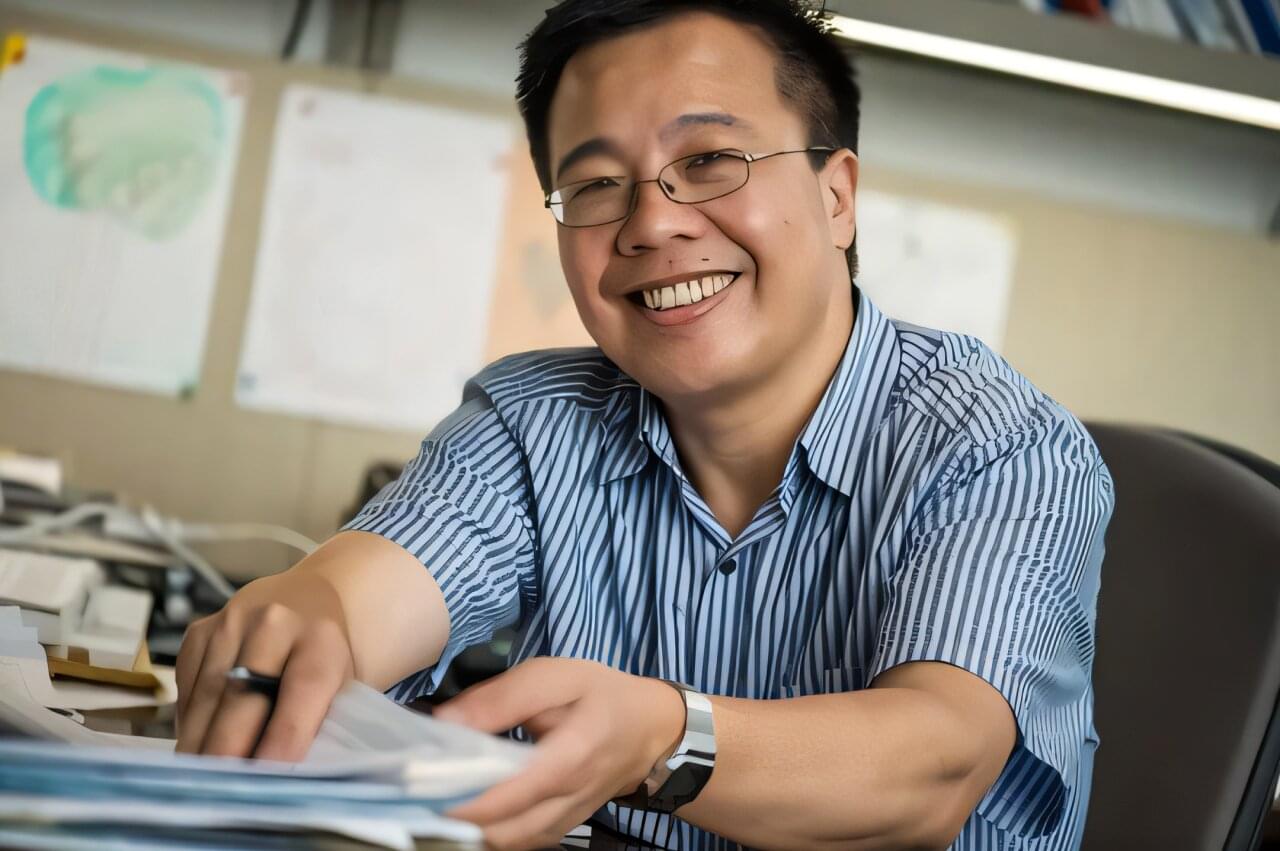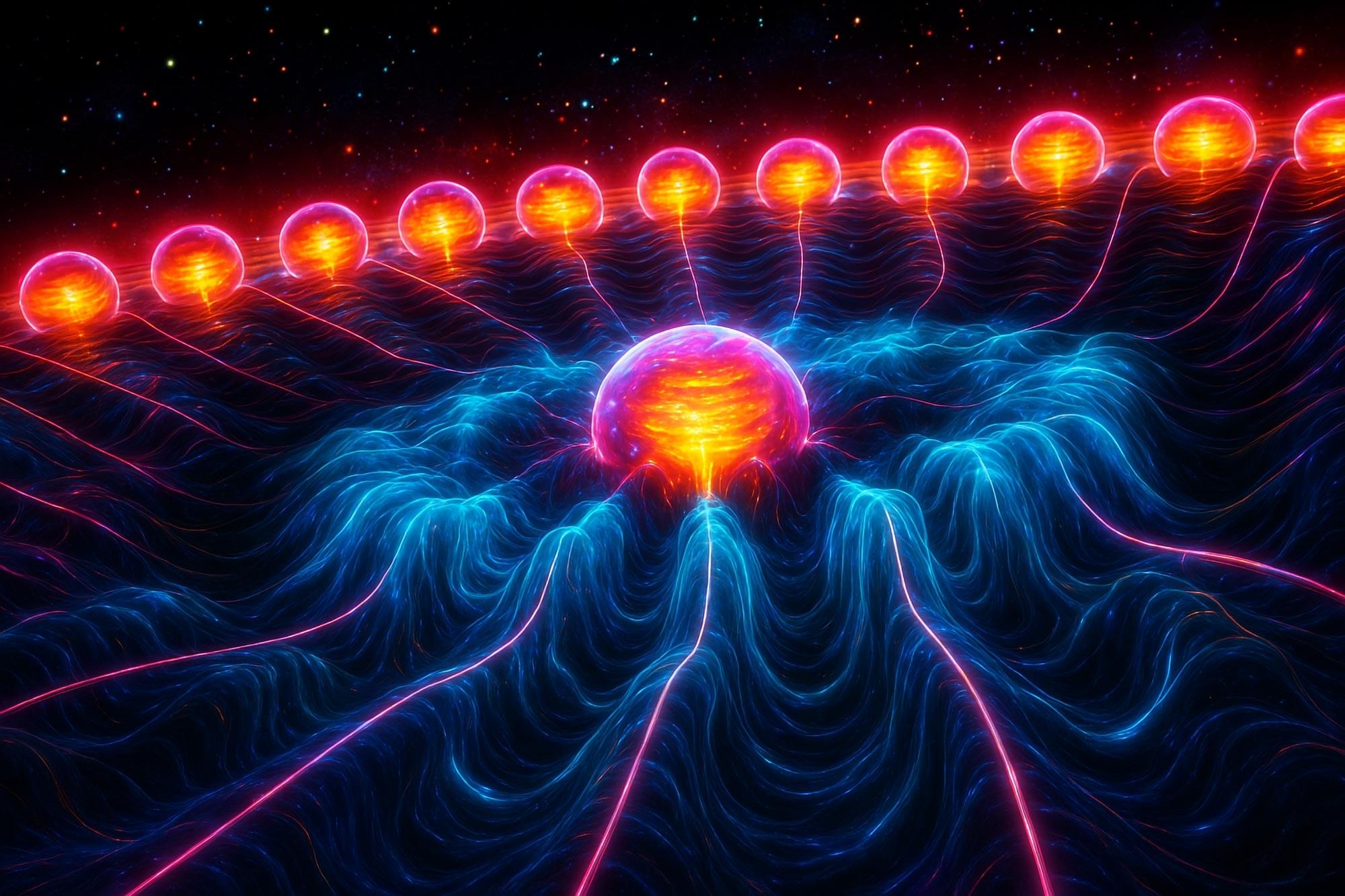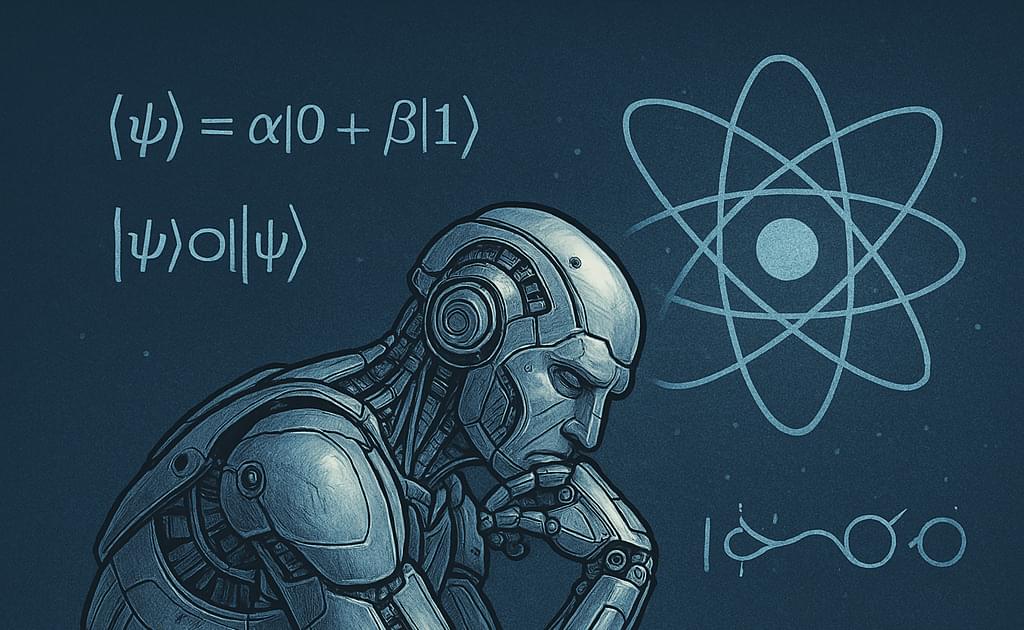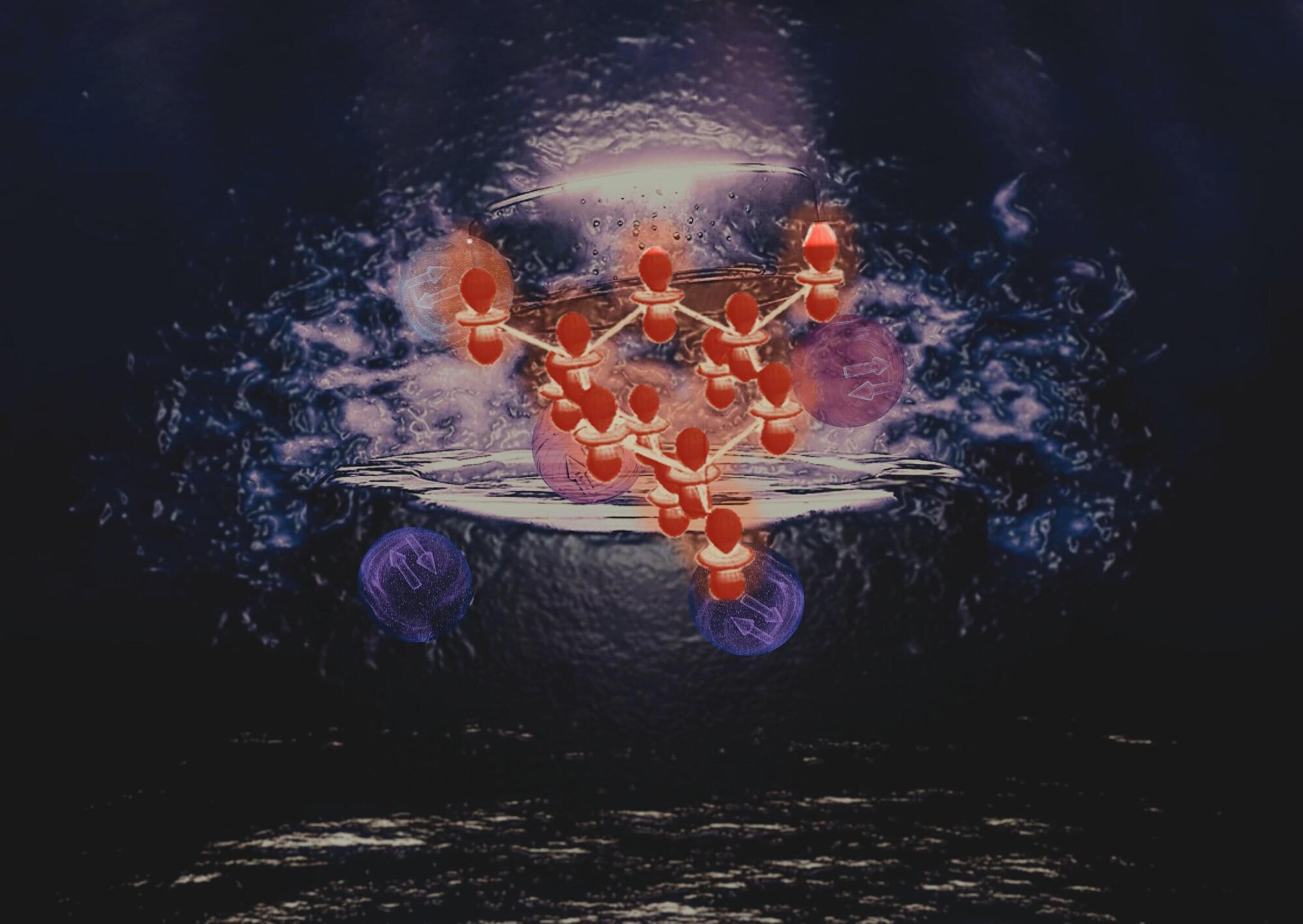Scientists have long sought to unravel the mysteries of strange metals—materials that defy conventional rules of electricity and magnetism. Now, a team of physicists at Rice University has made a breakthrough in this area using a tool from quantum information science. Their study, published recently in Nature Communications, reveals that electrons in strange metals become more entangled at a crucial tipping point, shedding new light on the behavior of these enigmatic materials. The discovery could pave the way for advances in superconductors with the potential to transform energy use in the future.
Unlike conventional metals such as copper or gold that have well-understood electrical properties, strange metals behave in much more complex ways, making their inner workings beyond the realm of textbook description. Led by Qimiao Si, the Harry C. and Olga K. Wiess Professor of Physics and Astronomy, the research team turned to quantum Fisher information (QFI), a concept from quantum metrology used to measure how electron interactions evolve under extreme conditions, to find answers. Their research shows that electron entanglement, a fundamental quantum phenomenon, peaks at a quantum critical point: the transition between two states of matter.
“Our findings reveal that strange metals exhibit a unique entanglement pattern, which offers a new lens to understand their exotic behavior,” Si said. “By leveraging quantum information theory, we are uncovering deep quantum correlations that were previously inaccessible.”





